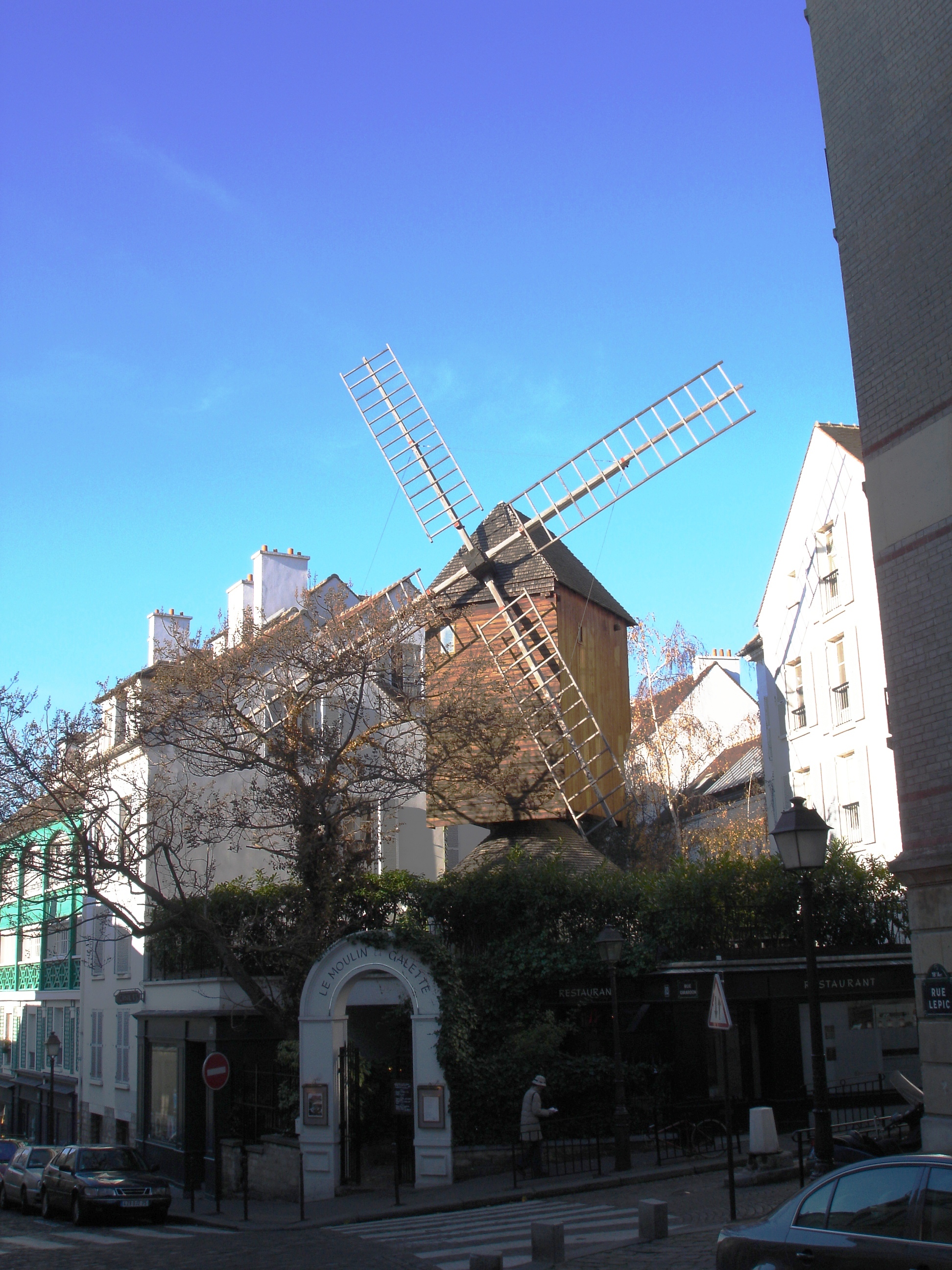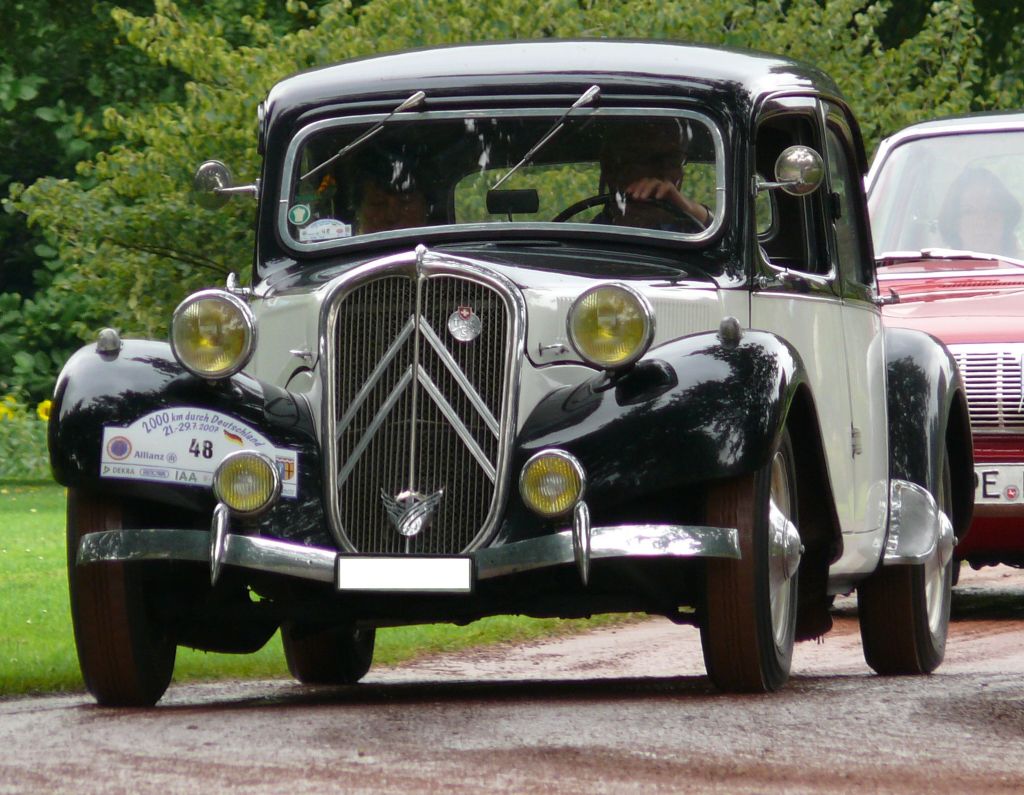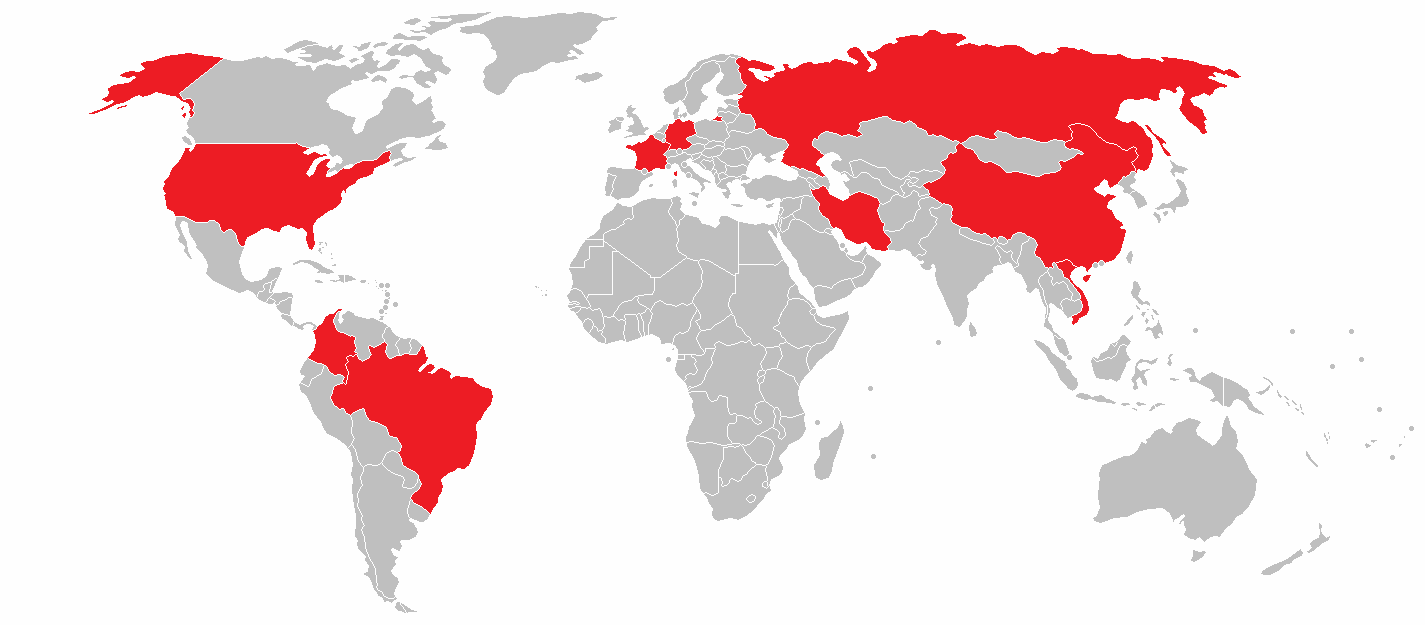|
Yvette Horner
Yvette Horner ( Hornère; – ) was a French accordionist, pianist and composer known for performing with the Tour de France during the 1950s and 1960s. During her 70-year long career, she gave more than two thousand concerts and released around 150 records, selling a total of 30 million copies. Horner won the '' Coupe mondiale de l'accordéon'' in 1948, and the ''Grand Prix du Disque'' in 1950 for ''Le Jardin secret d'Yvette Horner'', a recital of classical works performed on piano and accordion. Biography Early life Yvette Hornère (who later adopted the surname Horner, at her mother's suggestion), spent a few years of her childhood in Rabastens-de-Bigorre, where her father, Louis Hornère, was a property developer. She was an only child. Her mother encouraged her to play music, and her teacher, Marguerite Lacoste, taught her her first notes on the piano. She studied music at the conservatory of Tarbes, then at the conservatory of Toulouse where, at the age of 11, she obt ... [...More Info...] [...Related Items...] OR: [Wikipedia] [Google] [Baidu] |
Bal-musette
Bal-musette is a style of French instrumental music and dance that first became popular in Paris in the 1880s. Although it began with bagpipes as the main instrument, this instrument was replaced with accordion, on which a variety of waltzes, polkas, and other dance styles were played for dances. History Auvergnats settled in large numbers in the 5th, 11th, and 12th districts (''arrondissements'') of Paris during the 19th century, opening cafés and bars where patrons danced the bourrée to the accompaniment of the cabrette (a bellows-blown bagpipe locally called a "musette") and often the vielle à roue (hurdy-gurdy). Parisian and immigrant Italian musicians who played the accordion adopted the style and established themselves in Auvergnat bars especially in the 19th arrondissement.Rémi Hess : ''La valse, un romantisme révolutionnaire'', Métailié editor, Sciences humaines collection, April 2003, p. 147-148. ().Henri Joannis Deberne : ''Danser en société'', Christine Bonnet ... [...More Info...] [...Related Items...] OR: [Wikipedia] [Google] [Baidu] |
Moulin De La Galette
The Moulin de la Galette is a windmill and associated businesses situated near the top of the district of Montmartre in Paris. Since the 17th century the windmill has been known for more than just its milling capabilities. Nineteenth-century owners and millers, the Debray family, made a brown bread, galette, which became popular and thus the name of the windmill and its businesses, which have included a famous guinguette and restaurant. In the 19th century, Le Moulin de la Galette represented diversion for Parisians seeking entertainment, a glass of wine and bread made from flour ground by the windmill. Artists, such as Renoir, van Gogh, and Pissarro have immortalized Le Moulin de la Galette; likely the most notable was Renoir's festive painting, ''Bal du moulin de la Galette''. Windmill The windmill Moulin de la Galette, also known as Blute-fin, was built in 1622. The name Blute-fin comes from the French verb ''bluter'' which means sifting flour for the separation from bran. Th ... [...More Info...] [...Related Items...] OR: [Wikipedia] [Google] [Baidu] |
French Revolution
The French Revolution ( ) was a period of radical political and societal change in France that began with the Estates General of 1789 and ended with the formation of the French Consulate in November 1799. Many of its ideas are considered fundamental principles of liberal democracy, while phrases like ''liberté, égalité, fraternité'' reappeared in other revolts, such as the 1917 Russian Revolution, and inspired campaigns for the abolition of slavery and universal suffrage. The values and institutions it created dominate French politics to this day. Its causes are generally agreed to be a combination of social, political and economic factors, which the ''Ancien Régime'' proved unable to manage. In May 1789, widespread social distress led to the convocation of the Estates General, which was converted into a National Assembly in June. Continuing unrest culminated in the Storming of the Bastille on 14 July, which led to a series of radical measures by the Assembly, i ... [...More Info...] [...Related Items...] OR: [Wikipedia] [Google] [Baidu] |
Schola Cantorum De Paris
The Schola Cantorum de Paris is a private conservatory in Paris. It was founded in 1894 by Charles Bordes, Alexandre Guilmant and Vincent d'Indy as a counterbalance to the Paris Conservatoire's emphasis on opera. History La Schola was founded in 1894 and opened on 15 October 1896 as a rival to the Paris Conservatoire. Alexandre Guilmant, an organist at the Conservatoire, was the director of the Schola before d'Indy took over. D'Indy set the curriculum, which fostered the study of late Baroque and early Classical works, Gregorian chant, and Renaissance polyphony. According to the ''Oxford Companion to Music'', "A solid grounding in technique was encouraged, rather than originality, and the only graduates who could stand comparison with the best Conservatoire students were Albéric Magnard, Magnard, Albert Roussel, Roussel, Déodat de Séverac, and Pierre de Bréville." The school was originally located in Montparnasse; in 1900 it moved to its present site, a former convent in the ... [...More Info...] [...Related Items...] OR: [Wikipedia] [Google] [Baidu] |
Doudeville
Doudeville () is a commune in the Seine-Maritime department in the Normandy region in northern France. Geography Called the flax capital, the town is situated at the centre of the Pays de Caux, the chalk plateau in High Normandy and one widely known for its fields of blue-flowered flax. Demography Since 1793, the population has varied between 3,792 and 1,993. In the early 21st century, it is 87% of that at the dawn of the nineteenth, when there was more demand for labour on the land. History At Doudeville, the General Assemblies of linen producers were held regularly - which is where the idea of Doudeville's claim to be linen capital arose. In the nineteenth century, there was a trade in linen cloth and canvas; enough to employ 8,000 people in ten businesses in the region. Literary connection Guy de Maupassant set a good number of his stories in this region. "The yard of the farm, enclosed by trees, seemed to sleep ... The shade of the apple trees gathered itself round their ... [...More Info...] [...Related Items...] OR: [Wikipedia] [Google] [Baidu] |
Jean Paul Gaultier
Jean Paul Gaultier (; born 24 April 1952) is a French haute couture and prêt-à-porter fashion designer. He is described as an "enfant terrible" of the fashion industry and is known for his unconventional designs with motifs including corsets, marinières, and tin cans. Gaultier founded his self-titled fashion label in 1982, and expanded with a line of fragrances in 1993. He was the creative director for French luxury house Hermès from 2003 to 2010, and retired following his 50th-anniversary haute couture show during Paris Fashion Week in January 2020. Aside from his work in the fashion industry, Gaultier co-presented the first seven series of the television series '' Eurotrash'' with Antoine de Caunes from 1993–1997. Biography Early life Gaultier grew up in a suburb of Paris. His mother was a clerk and his father an accountant. It was his maternal grandmother, Marie Garrabe, who introduced him to the world of fashion. He never received formal training as a designe ... [...More Info...] [...Related Items...] OR: [Wikipedia] [Google] [Baidu] |
Six Days Of Paris
The Six Days of Paris was a six-day track cycling race held annually in Paris, France France (), officially the French Republic ( ), is a country primarily located in Western Europe. It also comprises of overseas regions and territories in the Americas and the Atlantic, Pacific and Indian Oceans. Its metropolitan area .... Winners References Cycle races in France Six-day races Recurring sporting events established in 1913 1913 establishments in France 1981 disestablishments in France Defunct cycling races in France Cycling in Paris {{France-cycling-race-stub ... [...More Info...] [...Related Items...] OR: [Wikipedia] [Google] [Baidu] |
Suze (drink)
Suze () is a Swiss brand of bitters flavored with the roots of the plant gentian, normally drunk as an apéritif. The brand is owned by Pernod Ricard. It is yellow in color with an ABV of 15% across Europe and a version bottled at 20% for the British market. History Suze was first put on the market under the name of Picotin in 1889 on the occasion of the Paris World Fair by Ferdinand Moureaux, who had inherited of his family's distillery in Maisons-Alfort. The name was changed to Suze in 1898 and might either be related to Moureaux' sister in law Susanne Jaspert or to the river Suze in Switzerland, where Moureaux is said to have bought the recipe in 1885 or 1914. In 1912, Pablo Picasso depicted a bottle of Suze in his collage ''Verre et bouteille de Suze''.Suze website: Between the two World Wars, through intensive marketing (such as the sponsorship of the Tour de France The Tour de France () is an annual men's multiple-stage bicycle race primarily held in France, ... [...More Info...] [...Related Items...] OR: [Wikipedia] [Google] [Baidu] |
Citroën Traction Avant
The Citroën Traction Avant () is the world’s first unibody front-wheel-drive car. A range of mostly 4-door saloons and executive cars, were made with four or six-cylinder engines, produced by the French manufacturer Citroën from 1934 to 1957. Approximately 760,000 units were produced. Whilst front-wheel drive and independent suspension had been established in the mass market by Auto Union and subsequently others some years before, the Traction Avant pioneered mass-production of a crash resistant, unitary, monocoque body. Additionally, the car was also an early adopter of rack and pinion steering. Although the car's name emphasized its front-wheel drive power delivery ("Traction Avant" literally means “front traction”), the car stood out at least as much by its much lower profile and stance – made possible by the absence of a separate chassis under the car's unitary body – sharply distinguishing it visually from its contemporaries. History The Traction Avant, F ... [...More Info...] [...Related Items...] OR: [Wikipedia] [Google] [Baidu] |
Groupe SEB
Groupe SEB (''Société d'Emboutissage de Bourgogne'') is a large French consortium that produces small appliances, and it is the world's largest manufacturer of cookware. Notable brand names associated with Groupe SEB include All-Clad, IMUSA , Krups, Moulinex, Rowenta, Tefal (including OBH Nordica) and WMF Group. According to the Groupe SEB website, they have faced considerable competition from low-price Chinese competitors, but have managed to maintain a constant sales level. A large proportion of their product lines are now manufactured in China. Its headquarters are in Ecully, a Lyon suburb. History The precursor to the Groupe SEB consortium was originally formed by Antoine Lescure in 1857. In 1977, they released the dedicated first-generation home video game console Telescore 750. Later, they released two revisions, the Telescore 751 and the Telescore 752. Recent performance For the first half of 2008, Groupe SEB reported an increase in profit from 52 million euros ... [...More Info...] [...Related Items...] OR: [Wikipedia] [Google] [Baidu] |
Académie Charles Cros
The Académie Charles Cros (Charles Cros Academy) is an organization located in Chézy-sur-Marne, France, that acts as an intermediary between government cultural policy makers and professionals in music and the recording industry. The academy is composed of fifty members specializing in music criticism, sound recording, and culture. It was founded in 1947 by Roger Vincent with Armand Panigel, José Bruyr, Antoine Goléa, Franck Ténot, and Pierre Brive – critics and recording specialists - and led by musicologist Marc Pincherle. It was named in honor of Charles Cros (1842–1888), inventor and poet (friend of Arthur Rimbaud and Paul Verlaine) who was one of the pioneers of sound recording. The academy continues to stay abreast of advances in technology, from the development of 78 RPM gramophone records to CDs, DVDs, playable torrents and all other readable, transportable music formats available today. Awards Each year since 1948, the Academy has given out its grand prize, ... [...More Info...] [...Related Items...] OR: [Wikipedia] [Google] [Baidu] |
Tour De France , Nencini In Gele Trui, Bestanddeelnr 911-3752
Tour or Tours may refer to: Travel * Tourism, travel for pleasure * Tour of duty, a period of time spent in military service * Campus tour, a journey through a college or university's campus * Guided tour, a journey through a location, directed by a guide * Walking tour, a visit of a historical or cultural site undertaken on foot Entertainment * Concert tour, a series of concerts by an artist or group of artists in different locations * Touring theatre, independent theatre that travels to different venues Sports * Professional golf tours, otherwise unconnected professional golf tournaments * Tennis tour, tennis played in tournament format at a series of venues * Events in various sports named the Pro Tour (other) * Tour de France ('), the world's biggest bicycle race Places * Tour-de-Faure, Lot, France * Tour-en-Bessin, Calvados, France * Tour-en-Sologne, Loir-et-Cher, France * Tours, Indre-et-Loire, France * Tours-en-Savoie, Savoie, France * Tours-en-Vimeu, Somme, Fra ... [...More Info...] [...Related Items...] OR: [Wikipedia] [Google] [Baidu] |





